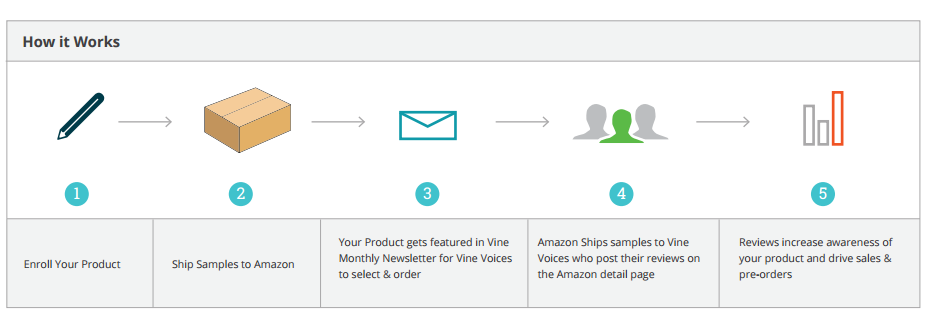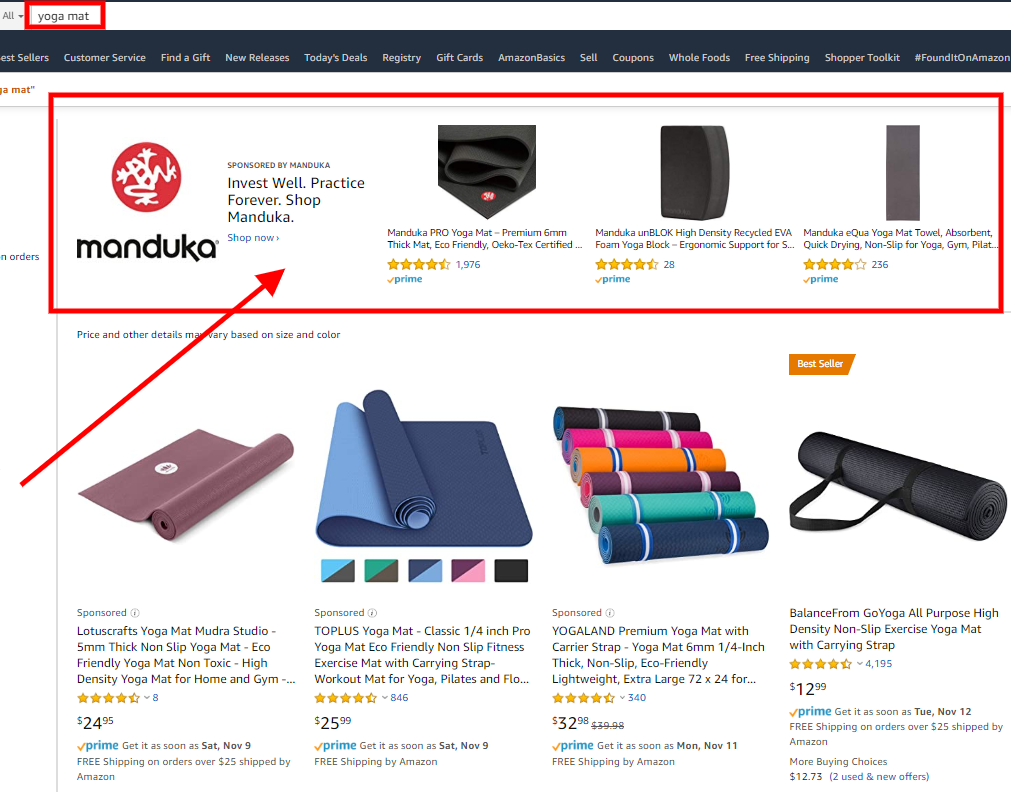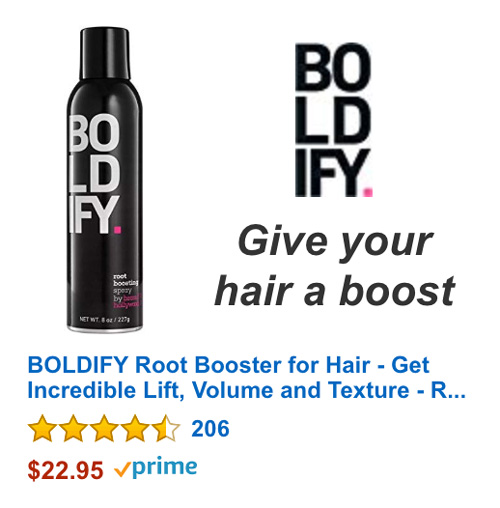The Guide To Amazon Advertising Updates

Amazon is an ever-evolving marketplace, but if you have a good pulse on the platform and the marketplace landscape, you can stay ahead of the game.
In a recent Digital Performance Marketing panel, experts from Tinuiti, Jungle Scout, eComEngine, South Bay Boards Co., and Great Deal Furniture shared their thoughts on Amazon’s biggest 2019 updates — and predictions for 2020.
Here are the key takeaways from the panelists’ discussion.
One of the biggest updates to Amazon Advertising updates in 2019 was the ability to use Product Attribute Targeting ads (PAT ads). This ad placement didn’t exist before 2019; sellers and brands only had access to product display ads (PDA).
With PAT ads, brands can do both offensive and defensive targeting on product detail pages. With defensive targeting, you can ensure that no competitors steal your conversions before customers add your product to their cart. With offensive targeting, you can go after competitors with similar products.
With product targeting, it’s easier to reach shoppers as they browse detail pages and filter search results for specific products similar to yours. According to Amazon, the PAT’s refinement features should help advertisers expand reach and target ads more granularly. Sellers can find product targeting as a targeting option within a manually-targeted Sponsored Products campaign.
According to Pat Petriello, Head of Marketplace at Tinuiti:
“What this does is give advertisers the ability to target Prime vs non-Prime eligible products. One interesting quirk to be aware of between how this functions in Seller Central vs Ad Console: Advertisers in Seller Central can use both keyword and product targeting in the same campaign, but not in the same ad group. Advertisers using the advertising console can only use one targeting type per campaign.”

Pro-Tip: As Amazon changes, it’s also more important than ever to ensure you have consistent brand messaging across all channels & platforms. Shoppers want to see the same branding across every channel, including:
Make sure your ad strategy is cohesive; tell the same brand story no matter where customers find you.
Amazon is paying more attention to where reviews come from and whether or not they’re authentic. This means it’s harder than ever to get product reviews on Amazon — but when you do get reviews, they’re more likely to be authentic.
With this change in mind, how can you get fast, legitimate product reviews?
You can still ask your customers for product reviews — as long as you do it in compliance with Amazon’s terms of service.
Here are some other strategies to encourage customers to leave product reviews:
The Amazon Vine program has historically helped Vendors only ramp up sales and advertising on new products.

As of now, the program is being offered to Sellers who meet the criteria below:
In 2020, make sure you continue to forecast your inventory management. Use inventory management tools to track your inventory levels and set reminders for yourself to reorder inventory. Inventory management tools also keep you far better organized than a bunch of spreadsheets — especially during the busier sales months.
It can be hard to forecast sales if you haven’t been selling a product for over a year. Here are two methods to forecast sales if you don’t have historical sales data:
Amazon tracks each seller’ Inventory Performance Index, or IPI. The IPI is a single number calculated based on excess inventory, sell-through rate, stranded inventory, and in-stock inventory. Amazon changes the target IPI based on the quarter or month.
Based on a recent update, your IPI can now impact your next quarter of sales: If you fall below the target IPI, you lose unlimited storage in FBA warehouses, which will impact your ability to be successful. Make sure to move your excess inventory, stay in stock, and check your inventory levels every day.
With more and more competition on Amazon every year, what strategies should you use to acquire new customers?
If you’re not using Sponsored Brands campaigns, it’s time to start! There are different ways to implement Sponsored Brands campaigns to help with new customer acquisition. With Sponsored Brands campaigns, you can display 3 different products, which makes it easy to show potential customers what you’re offering and link back to your storefront.

With recent updates, you can now break Sponsored Brands campaigns out into branded and non-branded campaigns. You can also track net new purchases through these campaigns. Make sure your Amazon storefront tells your brand story and showcases all of your products. You can run different ad sets to target different parts of the funnel and drive traffic to your storefront.
Make sure you understand your ideal buyer. Look at your product reviews to learn more about what your customers want, how to improve your products, and how to bundle your products. Pay attention to what people say about your brand!
To distinguish your brand from the competition, try these strategies:
Once you acquire customers, how do you retain them? Customers have high expectations these days: Free shipping, longer and steeper discounts and deals, and amazing customer service. How do you meet those expectations?
Leverage DSP, Amazon’s display platform, to target customers who have purchased from you before (for example, 90 days ago). Let them know about a new deal you have — especially when their initial purchase was a consumable product that they may need to restock.

Listening to your customers is the #1 way to create customer loyalty and retain customers. Read reviews, listen to feedback, and pay attention to keyword searches and search volume. What are people looking for and how do you deliver what they’re looking for? Respond to both positive and negative product reviews. This shows potential customers that you’re listening. Humanize yourself and your brand – your customer service should be consistent across every channel, including Amazon.
As we start the new year, here are some expert predictions from our team at Tinuiti for Amazon in 2020:
Do you agree or disagree with the panels’ predictions? What are your predictions for Amazon and other marketplaces in 2020? Let us know in the comments!
